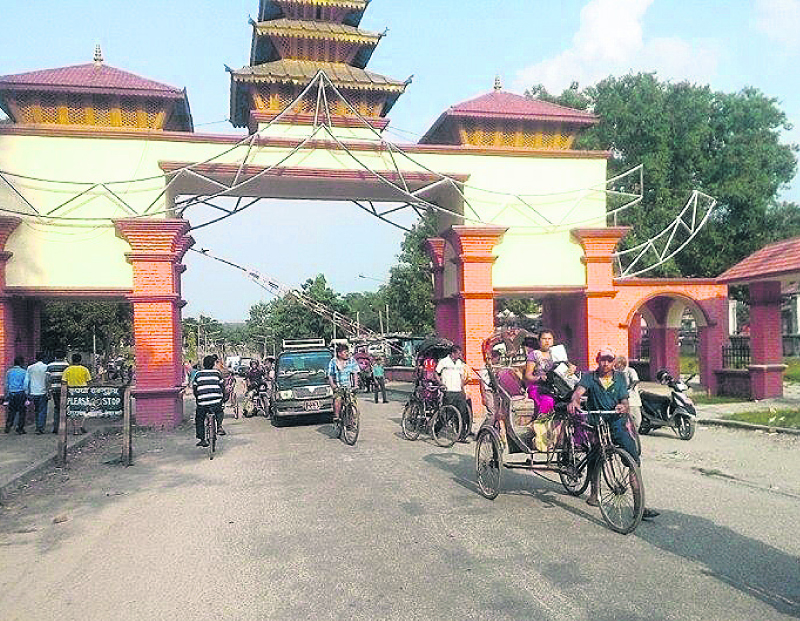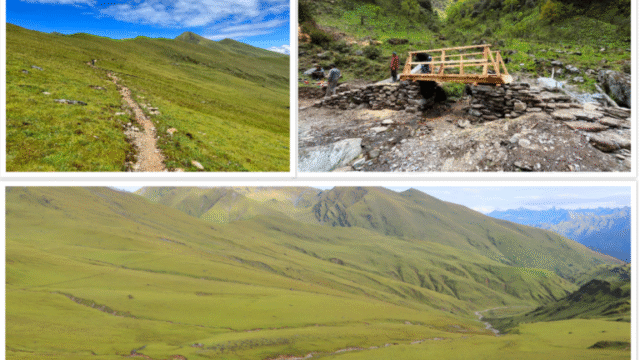Tourist traffic through the eastern Kakarbhitta border has seen a significant increase, with 890 citizens from third countries entering Nepal in the past two months, according to the Kakarbhitta Immigration Office. This rise follows the recent reopening of the border for foreign tourists after nearly four years of restrictions due to the COVID-19 pandemic.
In September 2024 alone, 287 third-country nationals entered Nepal through Kakarbhitta, a figure that surged to 603 in October. Tulsi Bhattarai, Chief of the Kakarbhitta Immigration Office, shared that the numbers are expected to continue rising in the coming months. The neighboring Panitanki border in India, adjacent to Kakarbhitta, had been closed to third-country nationals since the onset of the pandemic. However, following sustained diplomatic efforts by Nepal, India reopened the border in August 2024, allowing third-country nationals to transit through.
A significant portion of the tourists entering Nepal through Kakarbhitta comprises Bhutanese nationals, while the arrival of Bangladeshi tourists, previously substantial, remains low. According to Bhattarai, in September, of the 287 third-country nationals entering, 168 were Bhutanese, 54 were Americans, and four were Australians. The trend continued in October with 603 arrivals, including 346 Bhutanese, 130 Americans, and 23 Australians. “Almost half of the third-country nationals arriving via Kakarbhitta are Bhutanese,” Bhattarai explained, adding that many visit for religious pilgrimage or to meet with family and friends.
Bhutanese tourists have shown particular interest in visiting Nepal’s religious sites, including Lumbini, Pharping, and Halesi. The Kakarbhitta border provides a convenient on-arrival visa facility for SAARC nationals, allowing a 30-day visa-free stay per year. “SAARC nationals receive a 30-day visa-free entry once a year,” Bhattarai said, noting that many Bhutanese nationals take advantage of this service. For stays beyond 30 days, an additional visa fee of three USD per day applies. Non-resident Nepali (NRN) citizens and Bhutanese resettled in third countries often prefer to enter Nepal through the Kakarbhitta route as well.
Source: RSS






